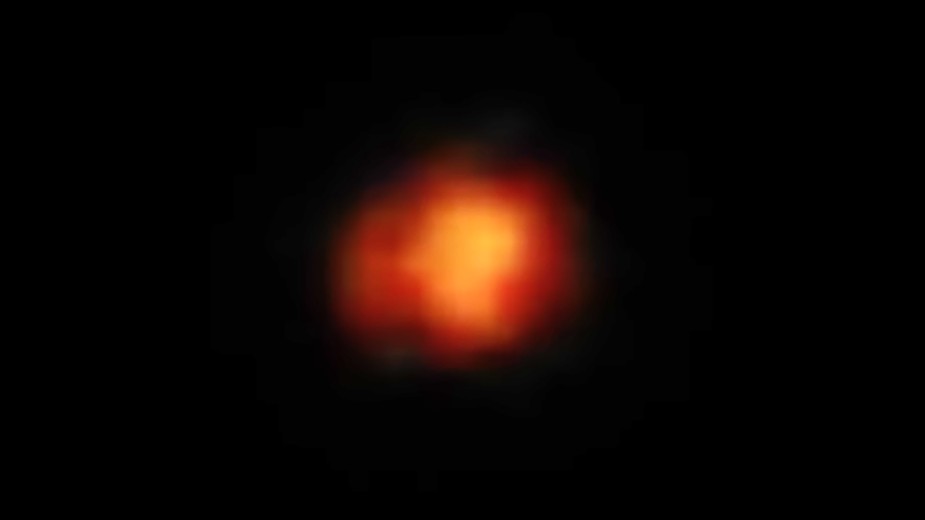
Astronomers using the James Webb Space Telescope (JWST) have confirmed that a distant smudge of light named for a lucky birthday girl on Earth is one of the earliest known galaxies in the universe.
The object — named "Maisie's galaxy" in honor of lead researcher Steven Finkelstein's daughter, who was celebrating her birthday when the object was discovered last year — began emitting light more than 13 billion years ago, or roughly 390 million years after the Big Bang, the team found. This impressive age, reported Aug. 14 in the journal Nature, places Maisie's galaxy among the four oldest galaxies in the universe that have had their ages confirmed by spectroscopy, a technique that splits light into its component frequencies to better reveal its brightness, heat and chemical composition.
"The exciting thing about Maisie's galaxy is that it was one of the first distant galaxies identified by JWST, and of that set, it's the first to actually be spectroscopically confirmed," Finkelstein, a professor of astronomy at the University of Texas at Austin, said in a statement.
Related: 32 jaw-dropping James Webb Space Telescope images
First detected in August 2022 during JWST's debut season of observations, the distant object was presumed to be extremely old based on its brightness and redshift, the degree to which light stretches into redder wavelengths as it crosses the ever-expanding universe. Generally, a greater redshift indicates an older, more distant light source.
However, judging an object's redshift by the brightness of its light alone can be deceptive, as different elements within stars and galaxies emit light at different frequencies, some of which can make an object appear older and farther away than it truly is. To see past this cosmic mirage, astronomers use spectroscopy to separate starlight into its various frequencies, revealing what it's really made of.
Using the JWST's Near Infrared Spectrograph, the study authors parsed the light of two ancient objects: Maisie's galaxy and CEERS-93316, another galaxy that was discovered around the same time and was initially estimated to exist just 250 million years after the Big Bang.
While the team's spectroscopic analysis confirmed that Maisie's galaxy is indeed as distant and ancient as its brightness suggests, the same was not true for CEERS-93316. After splitting the galaxy's light, the researchers found that globs of hot hydrogen and oxygen contained there were emitting light so intensely that they made the whole galaxy appear bluer — and hence older — than it actually was. The team's revised estimate puts CEERS-93316 at about 1 billion years after the Big Bang — knocking it firmly off the list of oldest known galaxies.
"This was a kind of weird case," Finkelstein said. "Of the many tens of high redshift candidates that have been observed spectroscopically, this is the only instance of the true redshift being much less than our initial guess."
Meanwhile, Maisie's galaxy joins a short list of four other galaxies, also discovered and spectroscopically confirmed by the JWST, that formed between 300 million and 500 million years after the beginning of space-time as we know it. The discovery may not be as sweet as birthday cake — but it's a gift that will hopefully last much, much longer.







